
Our history
Our story is one of creativity and perseverance in equal measure. We’ve overcome challenges, advanced knowledge in our industry and far beyond, and helped usher in an age of abundant energy and transformative technology.
Our history is one we’re proud of, and which inspires us as we evolve and transition into a new era of energy.
Discover more about Aramco’s founding, and some of our key milestones and achievements through the years, below.
The birth of Arabian oil
Aramco traces its beginnings to 1933 when a Concession Agreement was signed between Saudi Arabia and the Standard Oil Company of California (SOCAL). A subsidiary company, the California Arabian Standard Oil Company (CASOC), was created to manage the agreement.
The work began right away. After surveying the Saudi desert for oil, drilling began in 1935. Following years of effort with little to show for it, in 1937 SOCAL executives sought advice from their chief geologist, Max Steineke. Drawing on years of fieldwork, Steineke told them to keep on drilling.
Finally, success
In 1938, the efforts finally paid off with the commencement of commercial oil production from Dammam No. 7 — the aptly named “Prosperity Well.”
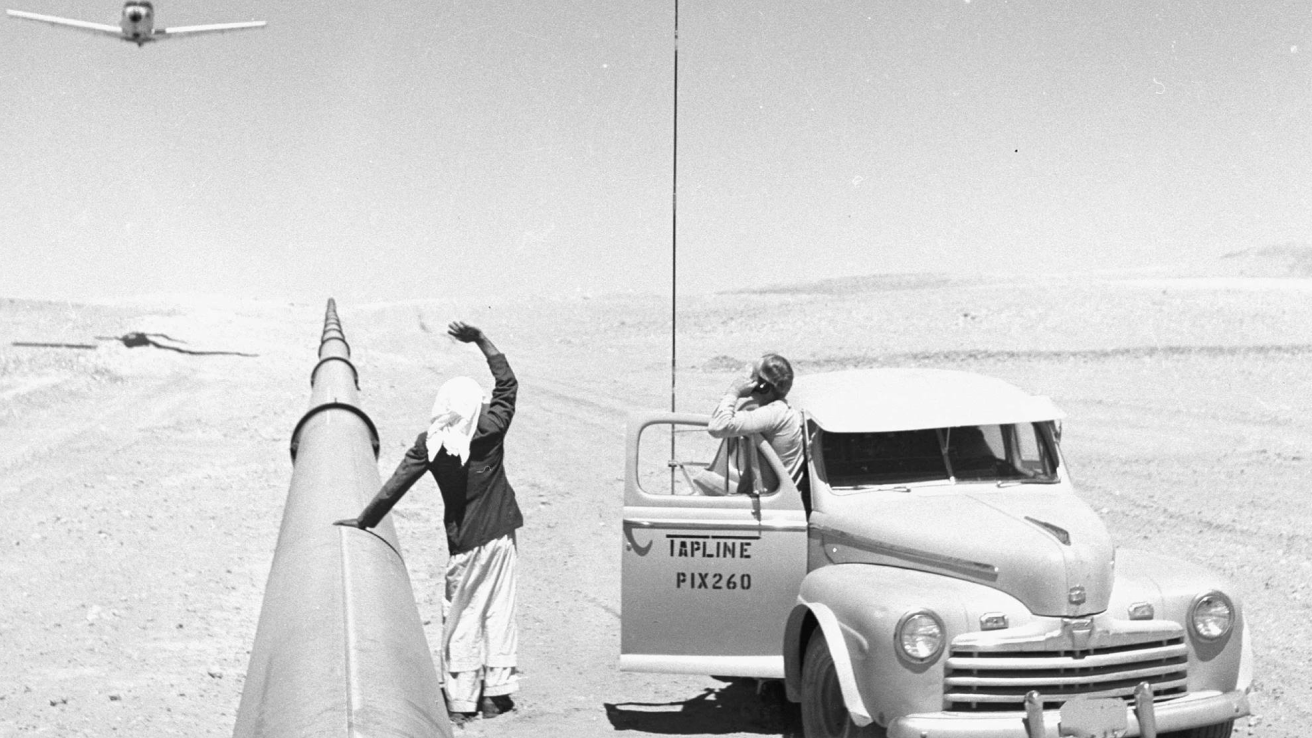
Radical expansion across Saudi Arabia
From the late 1940s, we grew from strength to strength — hitting record-breaking oil production milestones. Along the way, we were making Saudi Arabia famous for its energy, too.
Now named Aramco (the Arabian American Oil Company), our crude oil production hit 500,000 barrels per day in 1949. Our rapid increase in oil production meant we had to expand our distribution efforts as well. In 1950, we completed the 1,212-kilometer Trans-Arabian Pipeline (Tapline) — the longest in the world.
The Tapline linked eastern Saudi Arabia to the Mediterranean Sea, sharply cutting the time and cost of exporting oil to Europe. And after two years of exploration in the shallow Arabian Gulf waters, we discovered the Safaniyah field in 1951. It proved to be the world’s largest offshore oil field. And in 1958, Aramco’s crude oil production exceeded 1 million barrels per day.
Billions of barrels
By 1962, we reached another milestone, with cumulative crude oil production reaching 5 billion barrels. And by 1971, average daily production of crude oil had ramped up to 4.49 million barrels, which was roughly 1.6 billion barrels per year.
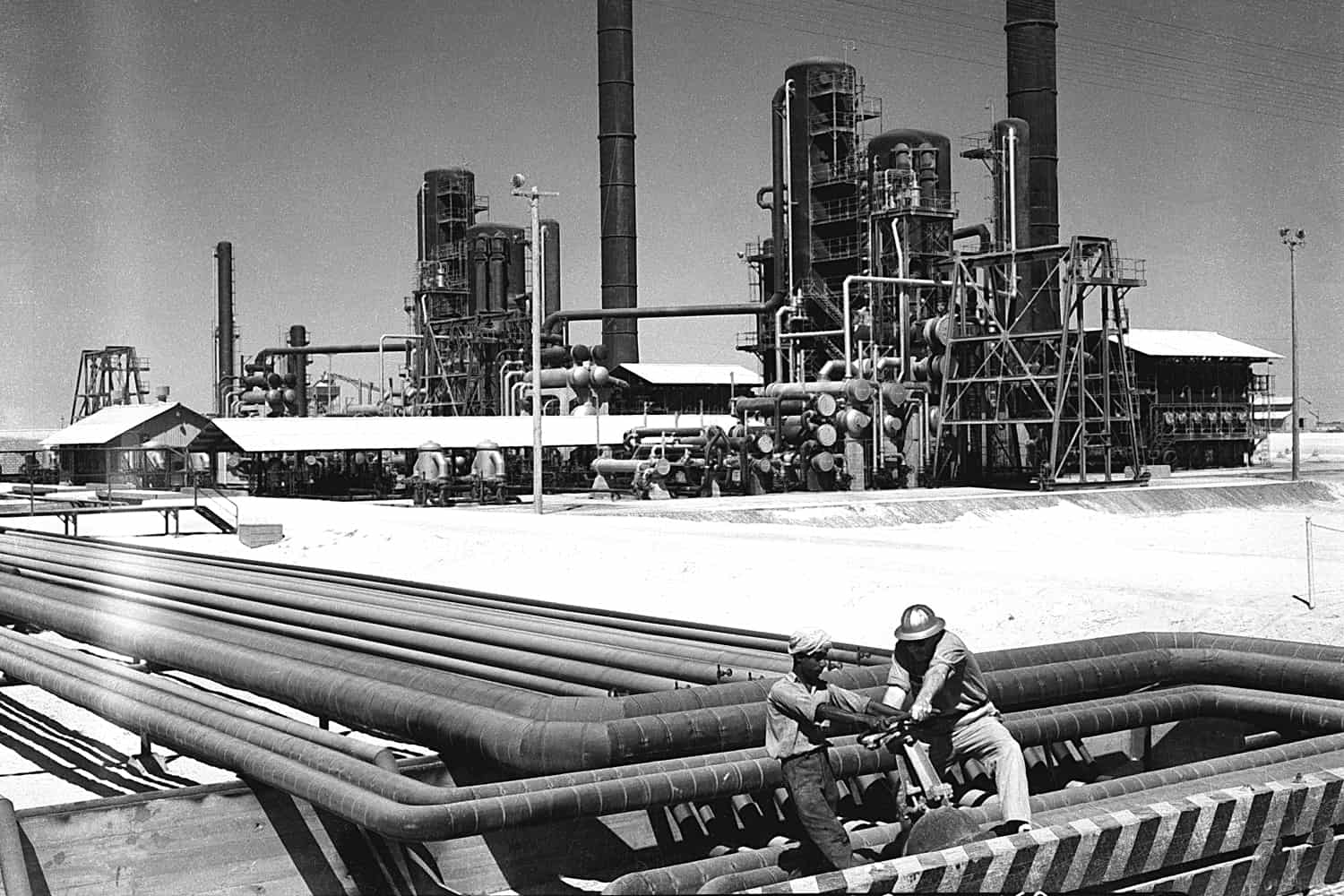
Making a name for ourselves
Throughout the 1970s, we not only proved ourselves as an economic force for Saudi Arabia, but we also returned to our Saudi Arabian heritage. In 1973, the Saudi government bought a 25% interest in Aramco, increasing that interest to 60% the following year.
In 1980, the Saudi government increased its interest in Aramco to 100%. Eight years later, the Saudi Arabian Oil Company (Saudi Aramco) was officially established — a new company to take over all the responsibilities of Aramco, with His Excellency Ali I. Al-Naimi becoming our first Saudi president in 1984, and the first Saudi president and CEO in 1988.
The following year, Saudi Aramco began its transformation from an oil-producing and exporting company to an integrated petroleum enterprise, with the formation of Star Enterprises in 1989 — a joint venture with Texaco in the United States. This would evolve to become Motiva, initially a partnership with Texaco and Shell, which in 2017 progressed to Saudi Aramco being the sole owner of North America’s largest single-site crude oil refinery at Port Arthur, Texas.
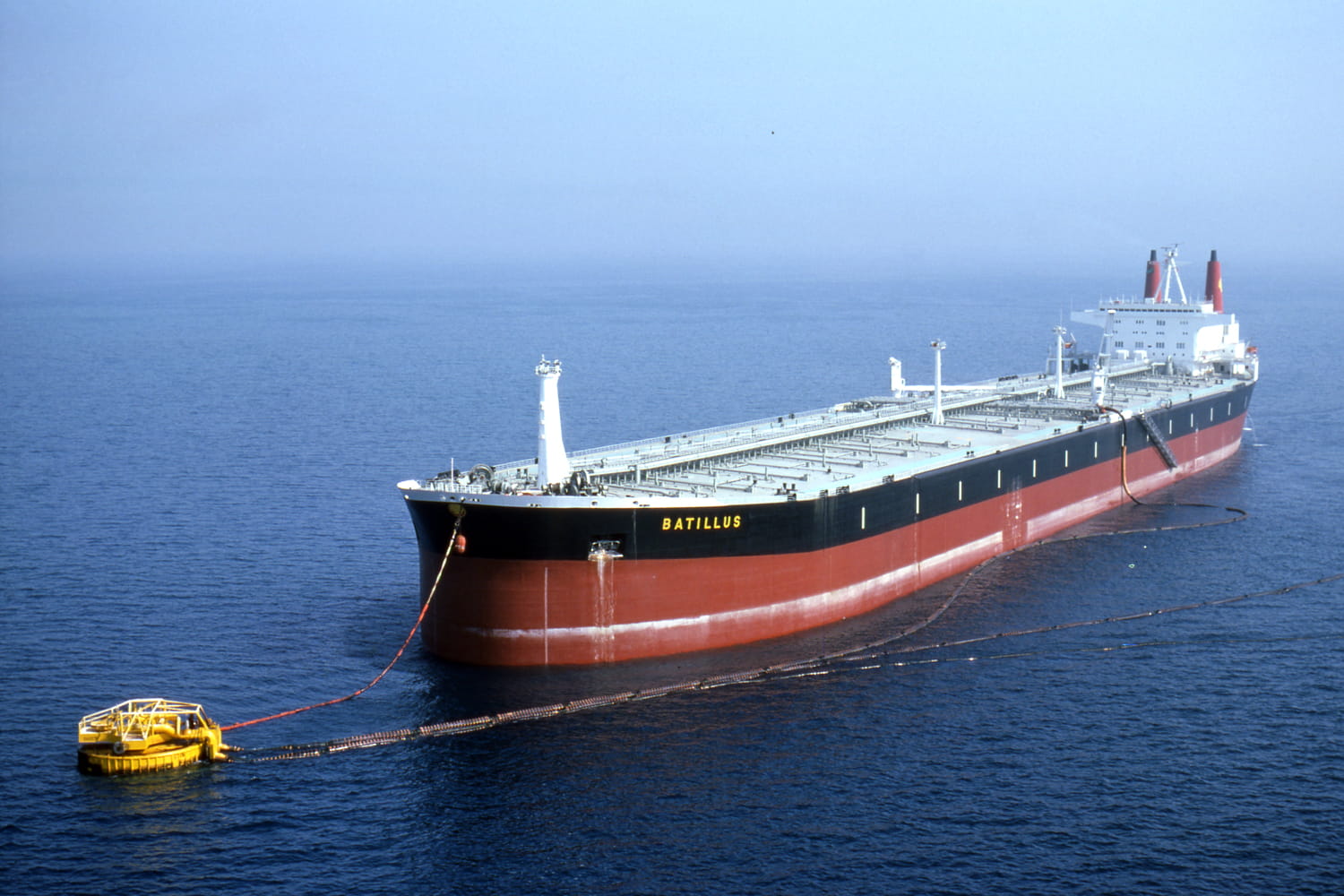
A truly global company
Throughout the 1990s, we gradually extended our ties and partnerships across the world — making several international investments, starting with our purchase in 1991 of a 35% interest in the SsangYong Oil Refining Company (renamed S-Oil in 2000) in the Republic of Korea.
Our expansion continued in 1994 when we acquired a 40% interest in Petron Corporation, the largest crude oil refiner and marketer in the Philippines. And then again in 1996, when we made several more overseas investments in Europe by purchasing 50% in privately held Greek refiner Motor Oil (Hellas) Corinth Refineries S.A., and its marketing affiliate, Avinoil Industrial Commercial and Maritime Oil Company, S.A.
Today, we are represented in the three major global energy markets of Asia, Europe and North America.
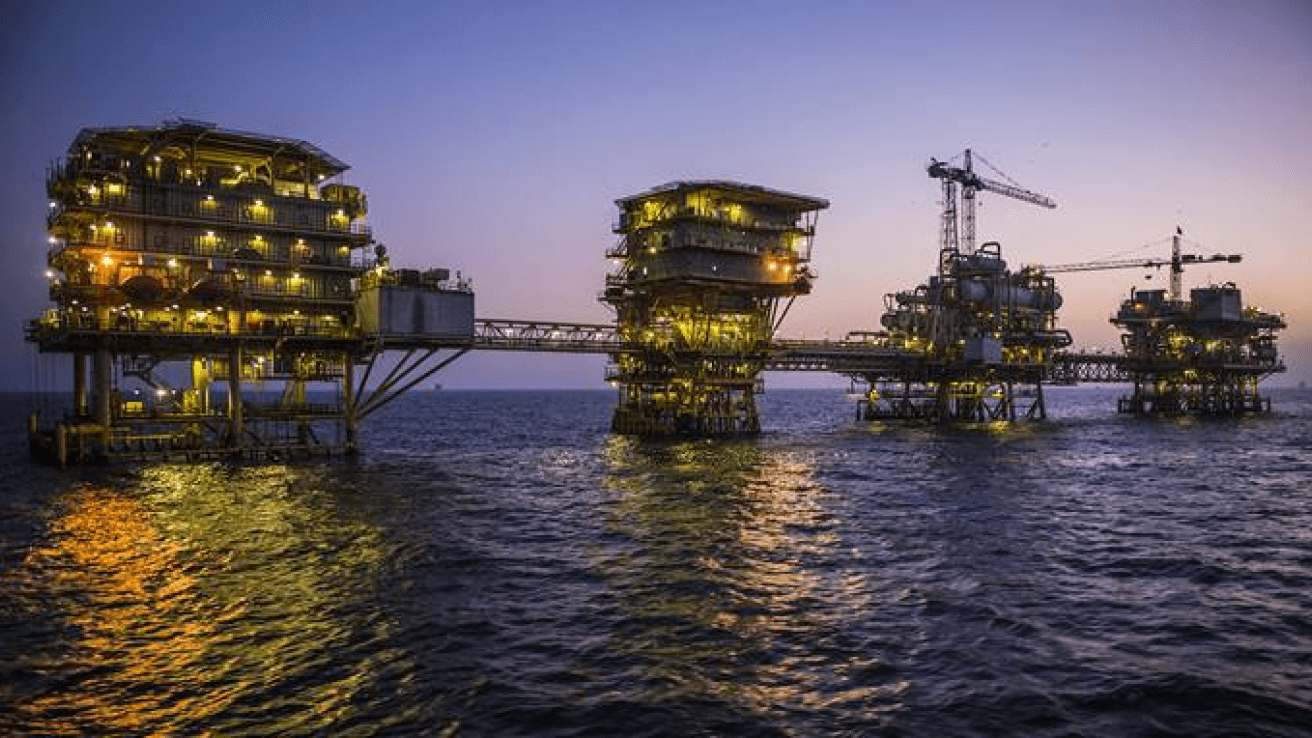
Innovation
Leading up to the millennium, using advanced techniques to help us discover and extract crude oil became essential. We needed technology on our side.
In 1997, we developed POWERS (Parallel Oil-Water-Gas-Reservoir Simulator). A high-resolution reservoir simulator that models and predicts the performance of super-giant reservoirs, POWERS was so successful that it went on to inspire a range of more powerful and precise Aramco simulation software.
Witnessing the advantages of technological advancements firsthand, in 2000 we built a state-of-the-art Research and Development Center (R&DC) in Dhahran for our scientists. We used this work as the foundation for a network of research centers across the world, which to this day are working on breakthroughs to increase discovery and recovery, reduce costs, enhance safety, and protect the environment.
Our success in world-scale innovation was highlighted when in 2010 we unveiled our unrivaled giga-cell reservoir simulation technology, GigaPOWERS — the second generation of POWERS. And then, six years later, TeraPOWERS — the industry’s first trillion cell reservoir simulation.

Transformation
By the early 2000s, to achieve our vision of becoming the world’s leading integrated energy and chemicals enterprise, we continued to diversify even further.
With many ways of delivering value from a barrel of oil — including nonmetallic and crude-to-chemicals products — we moved beyond traditional markets and uses for oil and gas. We also invested in new solutions to achieve more efficient production and consumption of our energy products, including enhancing the performance and lowering the emissions of transportation with the development of new high-performance engine and fuel technologies.
Looking forward, we envision transforming our hydrocarbon resources into multiple new streams of value for Aramco, Saudi Arabia, and its people, while continuing to remain a reliable supplier of lower-carbon energy to the world.

Timeline
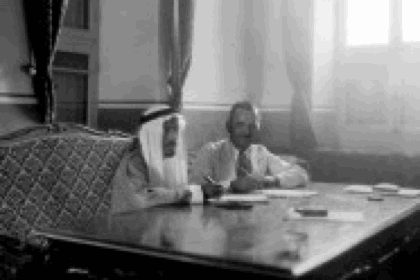
Oil concession agreement signed
